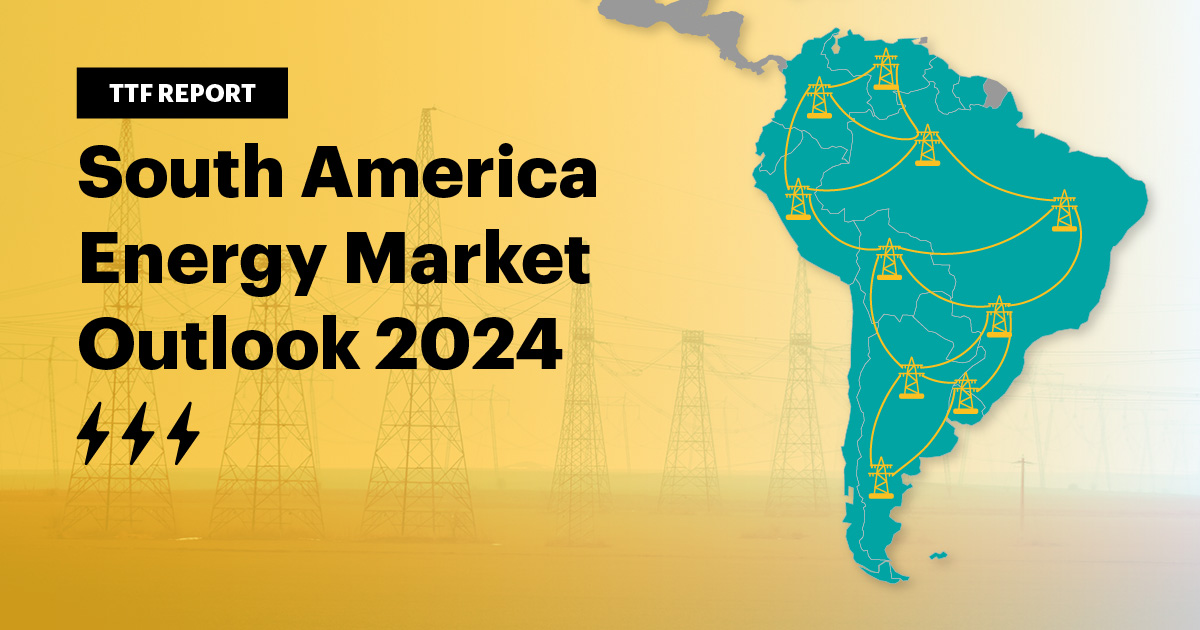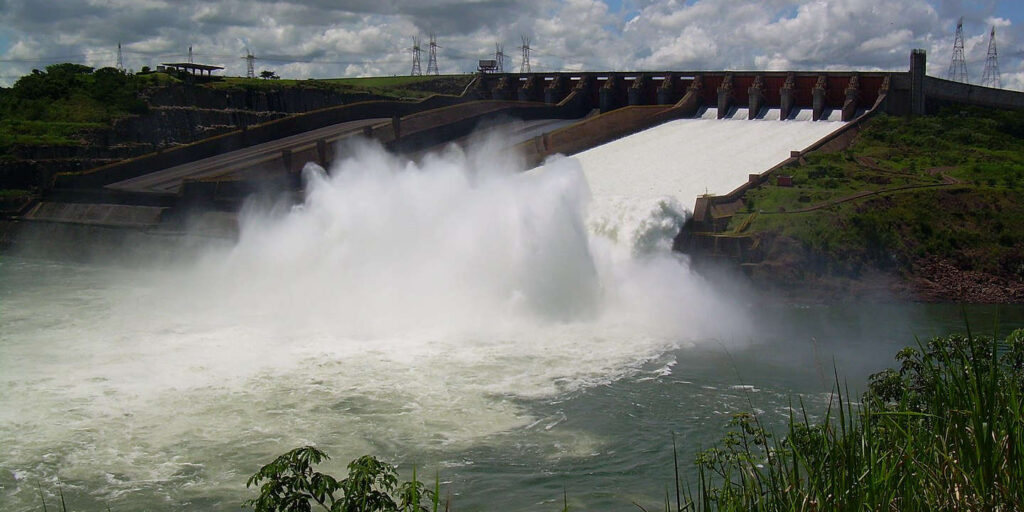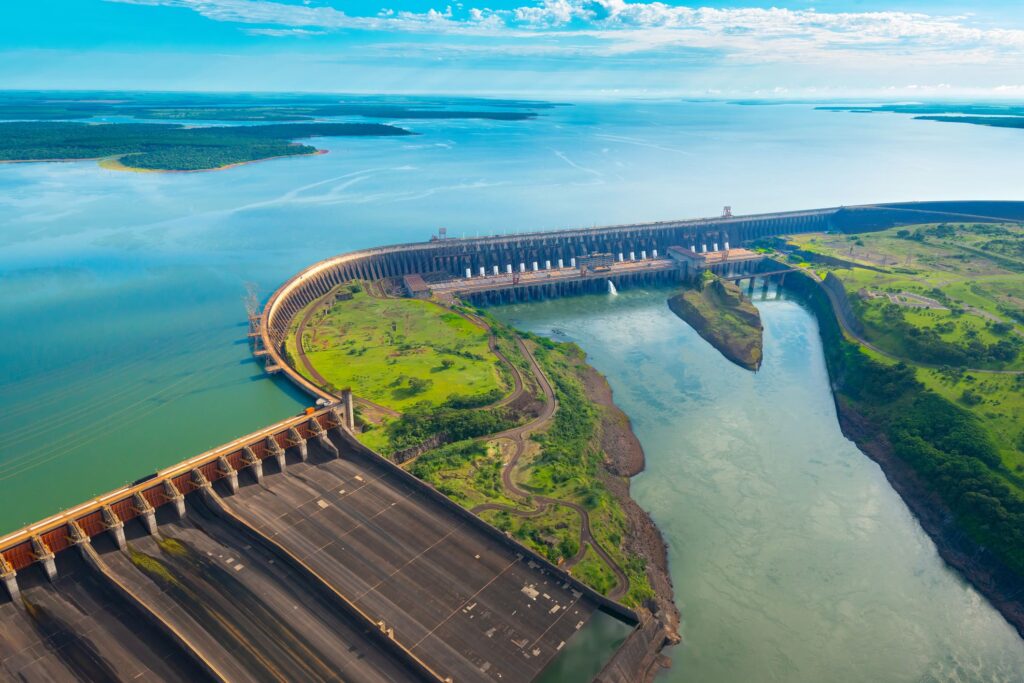
Hydropower in South America has great potential since it is abundant in water resources. South America has vast river systems including the Amazon and Parana. It provides a path to sustainable development, energy security and economic growth. Hydropower in South America could contribute to clean and reliable electricity generation. Key hydropower producers in the region include Brazil, Paraguay, Colombia, Venezuela and Argentina. Brazil is the third-largest hydropower market in the world. It has a capacity with cumulative hydropower installed capacity of 109,670MW. The Itaipu Dam is capable of producing 14,000MW of power.
Potential for further hydropower development in South America
South America has a great potential for further development of hydropower energy. It is rich in water resources. The development would need careful planning, respect for local communities and environmental stewardship. Further development for hydropower would take place in hydrological resources, integration with other projects, modernization of existing infrastructure and social sustainability. A crossover clamp is a device used to clamp two conductors that cross each other at different angles. New hydropower developments could include sustainable practices and designs that reduce impact on bio-diversity.
Renewable energy integration in hydropower projects
Hydropower projects can incorporate other renewable energy sources to create a more diversified and sustainable energy system. The integration leverages the strength of each energy source that aid in enhancing resilience of the energy grid. Combining the strengths of hydropower, solar and wind can address the intermittency of renewables. The following are the several ways in which hydropower can combine with other renewable energy projects.

- Hybrid systems – integration with solar and wind energy can offer a consistent energy supply to meet demand. During sunny or windy periods, the surplus energy can serve to pump water into a reservoir. During low solar or wind periods, stored water can help in generating power. Existing hydropower facilities can share infrastructure with solar and wind farms.
- Pumped storage hydropower – pumped storage hydropower acts as a large-scale battery to store excess energy generated by solar and wind plants. It also enhances grid stability by providing quick-response power generation. It can absorb excess energy from the grid during periods of low demand and release it during peak demand.
- Floating solar on hydropower reservoirs – installation of floating solar panels on the surface of hydropower reservoirs combines solar and hydro resources. The cooling effect of water can improve the efficiency of solar panels. Also, the energy generated from floating solar can be directly fed into the grid along with hydropower. This helps to enhance the storage capabilities of the hydropower system.
- Wind and hydro integration – wind energy can pump water into a reservoir to allow for the storage of wind energy in the form of potential energy. This can be then converted back into electricity when needed.
- Microgrids and decentralized energy systems – small-scale hydropower can work with solar or wind to create microgrids. These systems provide reliable and continuous power to reduce dependence on centralized fossil fuel-based power plants.
- Regulatory and policy support – governments can support the integration of hydropower with other renewables. This is by providing incentives such as tax breaks, grants or subsidies for hybrid projects. Simplifying the permitting process for projects that combine hydropower with other renewables can reduce barriers to development.
Challenges for the integration in South America
Integration of renewable energy with hydropower sources presents several challenges. These challenges affect the feasibility, efficiency and sustainability of combined renewable energy projects. Addressing these challenges need collaboration among governments, private sector stakeholders and local communities. This can help South America to leverage its abundant natural resources to achieve a low-carbon energy future. The following are the common challenges facing hydropower energy integration with renewable energy.

- Environmental and social impact – large-scale projects can have significant environmental impacts. This is including habitat disruption, altered river flow and impacts on aquatic ecosystems.
- Climate variability – climate change can lead to changes in rain patterns that affect reliability of hydropower generation. Reduced water flow in rivers can decrease hydropower output and impact the stability of integrated renewable energy systems.
- Infrastructure and grid stability – developing and expanding transmission lines to connect remote renewable energy sources can be costly. Integrating many renewable energy sources into the grid can pose challenges for grid stability.
- Financial viability and investment – developing hydropower and other renewable energy projects needs significant upfront investment. The economic viability of integrated renewable energy projects depends on factors such as energy prices and access to financing.
